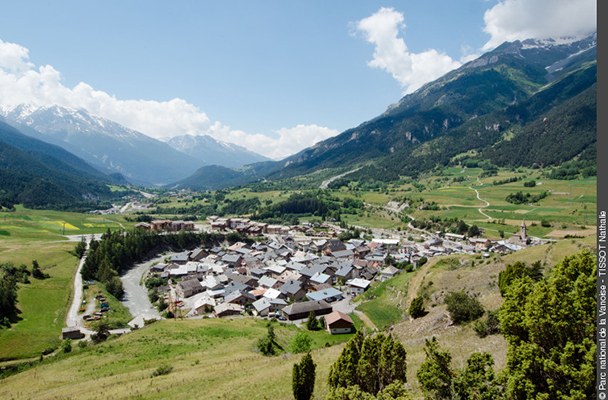News
Traditional nature conservation in crisis

The interim review of the European Union’s biodiversity strategy for 2020 makes sobering reading: more than three quarters of all important natural habitats are in poor condition, with many species threatened with extinction. “The loss of biological diversity is equivalent to the loss of the basis of our own existence”, states Karmenu Vella, the EU’s commissioner for the environment. “Neither we nor our economies can afford it.” The demand is for member states in particular to take further measures at national level, not just in protected areas, but also and especially in the farming and forestry sectors.
A Eurobarometer survey shows that biodiversity is clearly important to humans, and they wish to protect it. Existing protected areas in the Alps are nevertheless coming under pressure. In Italy the Stelvio / Stilfser Joch national park is to be broken up. In Slovenia there is uproar over the fate of the Triglav national park: its eight surrounding municipalities were to receive financial support under a revised law, but the promised resources cannot be disbursed because of the economic crisis, with some municipalities now causing difficulties.
Irrational prejudices
In France the area surrounding the Vanoise national park will shrink by a seventh of its current size because 27 of 29 communities have rejected the new Charter there. It should be noted that several local mayors were for the proposal, but voters, in part represented by local councillors, were against it. Rémi Zanatta, Mayor of Termignon, is disappointed: “The Vanoise national park is a strategic cornerstone of tourism. The Charter would have been a logical consequence.” The project was prompted by a national law of 2006, intended to strengthen co-operation between the national park and the surrounding municipalities.
Why do protected areas face such problems? In the Vanoise national park it is surely the special circumstance that 26 of the 29 communities here host winter sports facilities, including three of the world’s top ten areas in terms of size. It was clearly not possible to impart the idea of the benefits. “The Charter was regarded as a brake on development”, is the reaction of park director Emmanuel Michau. “Yet it is primarily a partnership tool for regional development.” In other French parks 75-80% of the municipalities immediately voted yes.
CIPRA Italy takes a new path
The question is thus: How can co-operation and understanding between conservation activists and users be improved? CIPRA in Italy is setting an example: together with its member organisations, some of which hold enormously differing positions, CIPRA Italy has a prepared strategy document that proposes implementation measures. The approach is that, by bringing together those concerned and those involved at local level, protected areas can provide answers not only to questions concerning biodiversity, but also to expectations regarding the quality of life.
Source and further information: http://www.vanoise-parcnational.fr/fr/documentation-en-ligne/doc_download/2687-la-charte-du-parc-national-de-la-vanoise--le-present-et-lavenir.html (fr), http://www.adnkronos.com/sostenibilita/risorse/2015/10/05/una-petizione-per-salvare-stelvio-associazioni-mattarella-fermi-smembramento_KKiRZuvsA7xgCzBWf8xB1K.html (it), http://ec.europa.eu/environment/nature/biodiversity/comm2006/2020.htm, http://www.cipra.org/it/cipra/italia (it)


